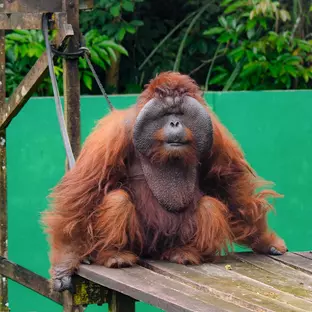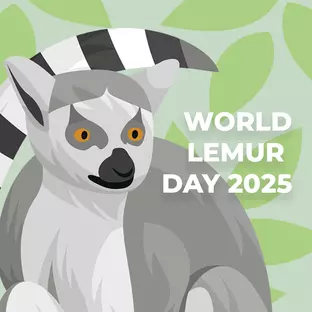Worldwide, six of the seven species of sea turtle are classified as either threatened or endangered due to human actions. Leatherbacks and Olive Ridley’s are considered vulnerable, the Green and Loggerhead turtles are endangered, and the Hawksbill and Kemp Ridley species of turtle are listed as critically endangered on the IUCN scale. The only species which is not classified as in danger of becoming extinct is the Flatback turtle, and this is because researchers have not been able to gather enough data.
This leads to the question of “why are turtles so endangered and what are the threats they are facing?” We wanted to delve into this subject in a little more detail, and share the knowledge on the threats turtles have to overcome on a daily basis.
Fisheries Bycatch
Accidental capture in fishing gear is the biggest threat facing not only turtles, but many other marine species. It is estimated that approximately 40% of all animals caught in fisheries are then discarded as they were not the intended target. Most of these animals, including turtles, sea birds, and marine mammals, are killed during this process, and those that aren’t are normally seriously injured. Trawls, longlines, driftnets, pots, and traps are all responsible for the death of thousands of turtles each year, and it is thought that for every pound of target species captured by a trawler, 20 pounds of bycatch is also taken in.
The Illegal Poaching Of Sea Turtles
Even though there are laws protecting sea turtles in most countries around the world, poachers are still targeting turtle eggs, shells, and their meat. In certain parts of Asia the trade in turtle eggs for consumption is big business, and this poses a significant problem to all of the turtle species. Turtle shells, particularly the hawksbill, are also prized in many cultures for their beauty and many turtles are killed as a result of this.
Coastal Development
We all enjoy a trip to the beach every now and again, but as the human population has grown and we have continued to expand our developments closer and closer to the coastline, turtle habitats have come under threat. Whether it be from humans visiting the beaches on which the turtles normally nest and leaving obstacles like deck chairs in the way, or from housing developments blocking off the turtles access to coastal areas, the problem of coastal development is one that does not seem to be going away any time soon.
Plastic In The Ocean
Every year hundreds of thousands of marine animals and more than 1 million sea birds are killed due to debris that makes its way into the sea. The animals get entangled in the rubbish, or they can even on occasion mistake it for a food source. To a hungry turtle a floating plastic bag looks a lot like a jellyfish. In the North Pacific Ocean there is a massive area of waste called the “Great Pacific Garbage Patch” and it covers an area the size of Texas. Scientists have estimated that for every kilogram of plankton in this area there is 6 kilograms of plastic. This area is expected to double in size in the next five years.
Global Warming
Global warming is already having drastic impacts on wildlife all around the world, but the effects of it will eventually have a huge effect on the wildlife under the waves. Rising sea levels have meant that there are fewer beaches for the turtles to nest on, hotter sands on the beaches have led to a decrease in hatching rates, and the currents sea turtles use to traverse the world’s oceans have altered, leading them to areas outside their normal range.
The threats to sea turtles are varied and worrying. These hardy animals may have been around since the time of the dinosaurs, but if things continue at the current rate then we could be the generation who wipe the turtles off of the face of the earth. We can change things, but only if we start now.















I’ll asked again to be clear.
How long can any person hold a hatchlings on their hand regardless whatever the reason might be? Please, I needed a straight answer please. Thanks,. I very much appreciate you for your answer